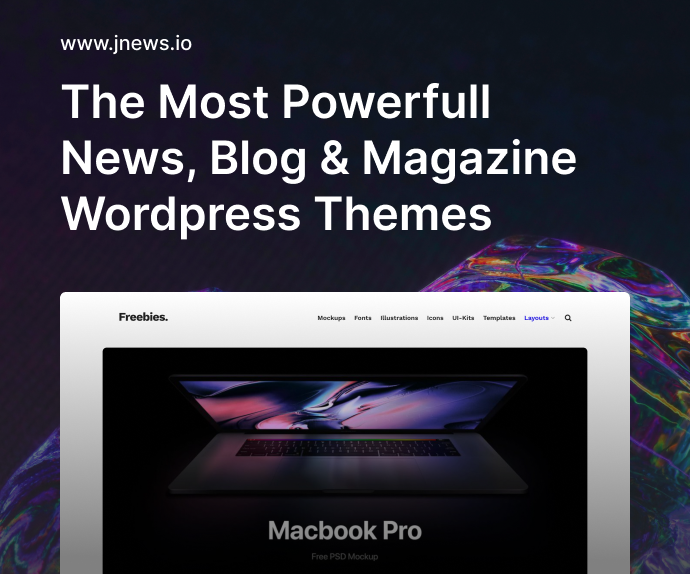The common perception that media coverage shapes public opinion is being challenged by emerging evidence suggesting that the relationship is more reciprocal than previously thought. This dynamic is particularly evident in the realm of news media, where the influence of public sentiment on media content is becoming increasingly apparent.
This article is a summary. Please read the original article by Christoper Wlezien on the UK in a Changing Europe think tank website, here
Historical Context of Media Choice
Traditionally, news organizations have been guided by public sentiment, a trend that predates the internet era. This responsiveness to public opinion is partly due to the nature of reporters and editors who, as members of society, may reflect broader societal views. Additionally, news organizations engage in public opinion polling, suggesting a vested interest in aligning their content with public interests and concerns.
The Public’s Role in Shaping Media Content
Recent research challenges the assumption that the media solely directs public opinion. Instead, there’s growing evidence that the public also influences media coverage. This reciprocal relationship is crucial for understanding political accountability and representation, indicating that the public has a significant role in influencing politics and policymaking.
Methodological Approach to Analyzing Media and Public Interaction
A ‘cross-lag model’ approach is used to dissect the intricate relationship between media coverage and public opinion. This method, while conservative, allows for an assessment of the directional influence between the two entities.
Case Studies: Economic Perceptions, Candidate Support, and Policy Preferences
The analysis covers three key areas in the United States: economic perceptions, support for political candidates, and policy preferences. Each case demonstrates the interplay between news coverage and public opinion.
Economic News Tone vs. Public Perceptions
Using data from the University of Michigan’s Survey of Consumers, a correlation between economic news tone (from sources like the New York Times and Washington Post) and public economic perceptions is observed. Statistical analysis indicates that public opinion more consistently leads news coverage than the reverse.
Candidate News Tone and Electoral Support
During the 2016 US presidential election, a similar pattern emerges, with public preferences leading news coverage more than following it. This suggests that public sentiment can significantly shape media portrayal of political candidates.
Government Spending News and Public Preferences
In the realm of government spending, the public’s budgetary preferences are seen influencing news content more than being influenced by it. This is evident in sectors like health and welfare.
Implications and Limitations
These findings suggest that public opinion indeed ’causes’ news coverage in various domains, with the reverse being less frequent and less pronounced. However, limitations of the methodology, such as the speed of media influence on the public, must be acknowledged. The consistency of these results across different cases underscores the significant role the public plays in shaping news coverage, a factor that should be considered rather than assumed.
In conclusion, the dynamic between media and public opinion is complex and bidirectional. This analysis sheds light on the powerful influence of public sentiment in guiding media coverage, challenging long-held beliefs about the unidirectional flow of influence from media to the public.





